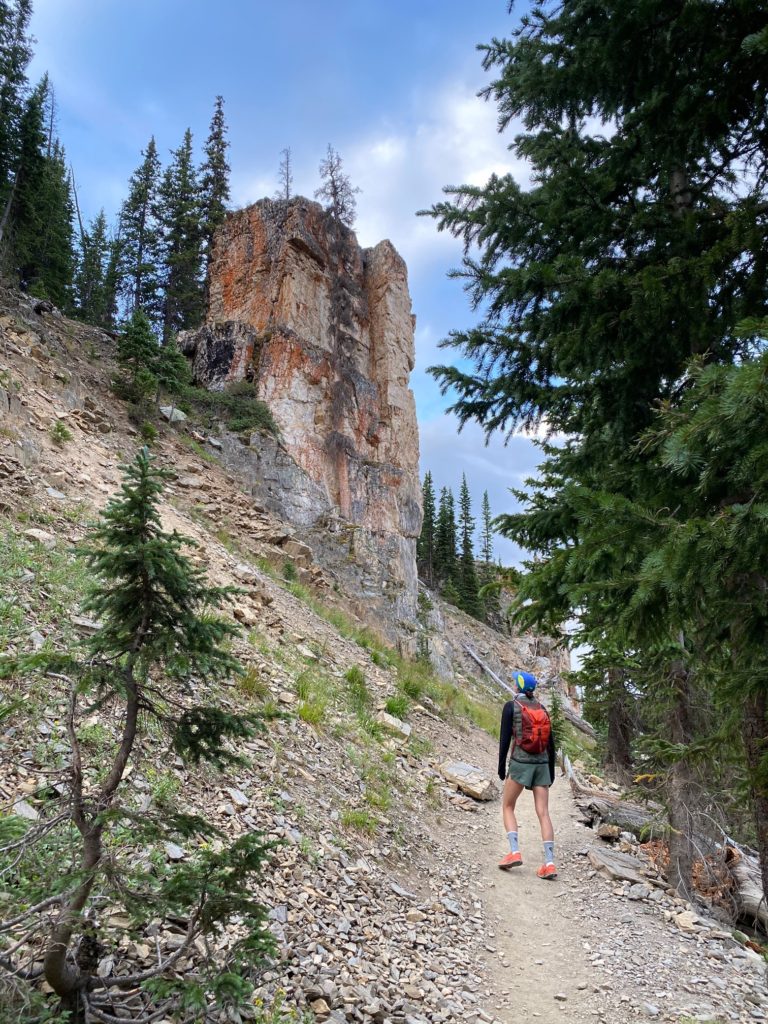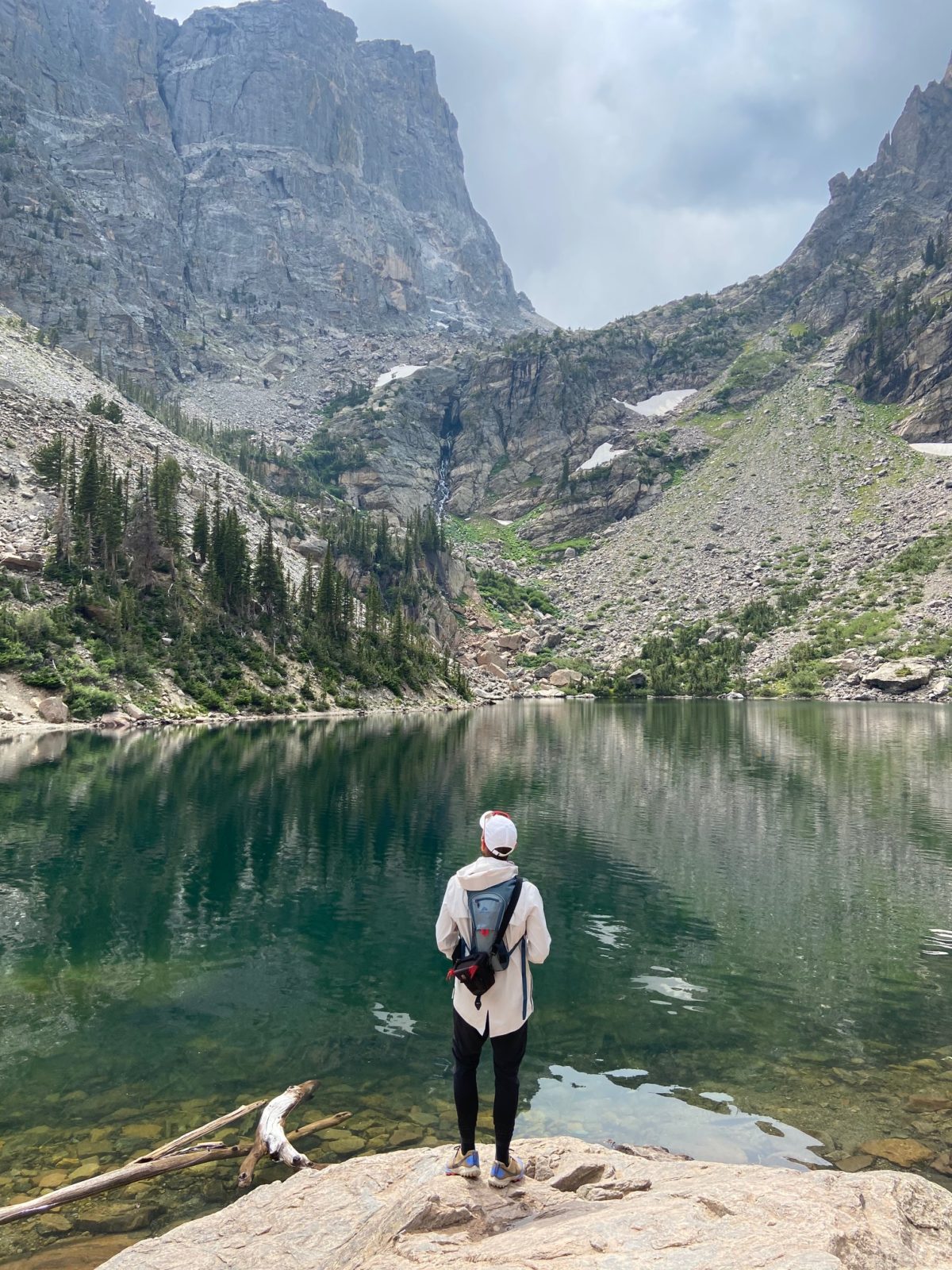This past summer, we were lucky enough to spend some time at Rocky Mountain National Park in Colorado. This national park hadn’t been on my radar, but it was a perfect detour on our way back home. I’m so grateful we took the time to see such a stunning national park.
Rocky Mountain National Park (RMNP) is located in north central Colorado on 415 square miles of breathtaking wilderness. It is truly one of the most spectacular natural settings I have ever seen. I highly recommend visiting it to anyone in the area. Rocky Mountain National Park is located on Cheyenne and Ute land.
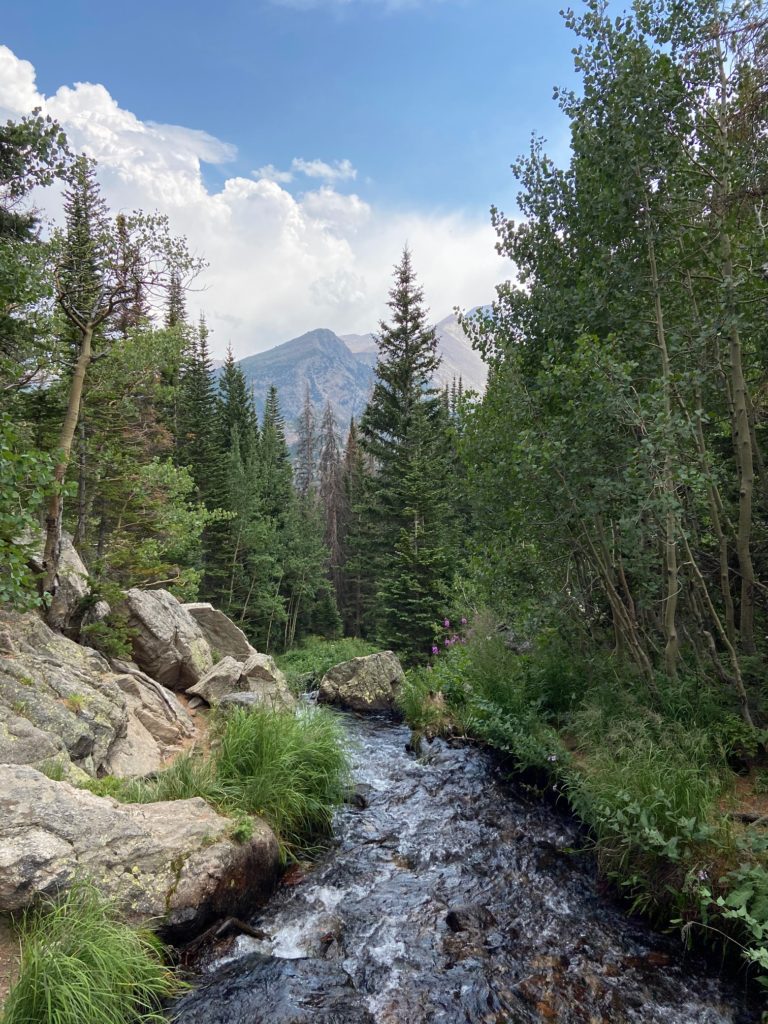
Rocky Mountain National Park Basics
RMNP is one of the most popular national parks in the country. In 2020, it was the fourth most visited park with 3.3 million visitors. We felt those numbers while we were there, even amid the pandemic that kept many people at home. I recommend visiting during spring or fall when the crowds are slightly reduced. Summer was a little bonkers, but still really cool to visit!
To ensure our safety and the safety of others, we were very careful to maintain our distance and keep masked. All national parks are now requiring that visitors wear masks and maintain physical distance from others. Here is more info about the COVID-19 measures in place at RMNP.
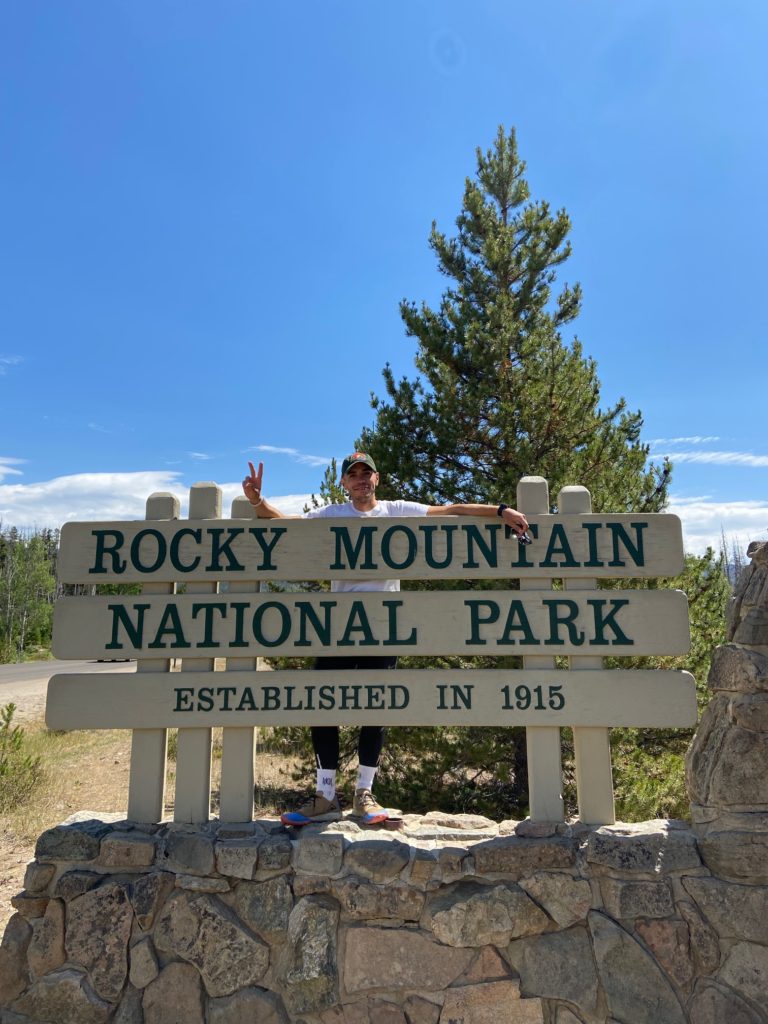
To get into the park we had to make a reservation through a timed entry system. This system will be in place for the 2021 season as well. To enter, the park releases specific time intervals for reservation in two hour windows. The entry times are released each month prior for the following month. Since this is such a popular park, you will need to book your entry as far in advance as possible. In addition to an entry time, we used our yearlong America the Beautiful Pass for entrance to the park.
Getting There and Away
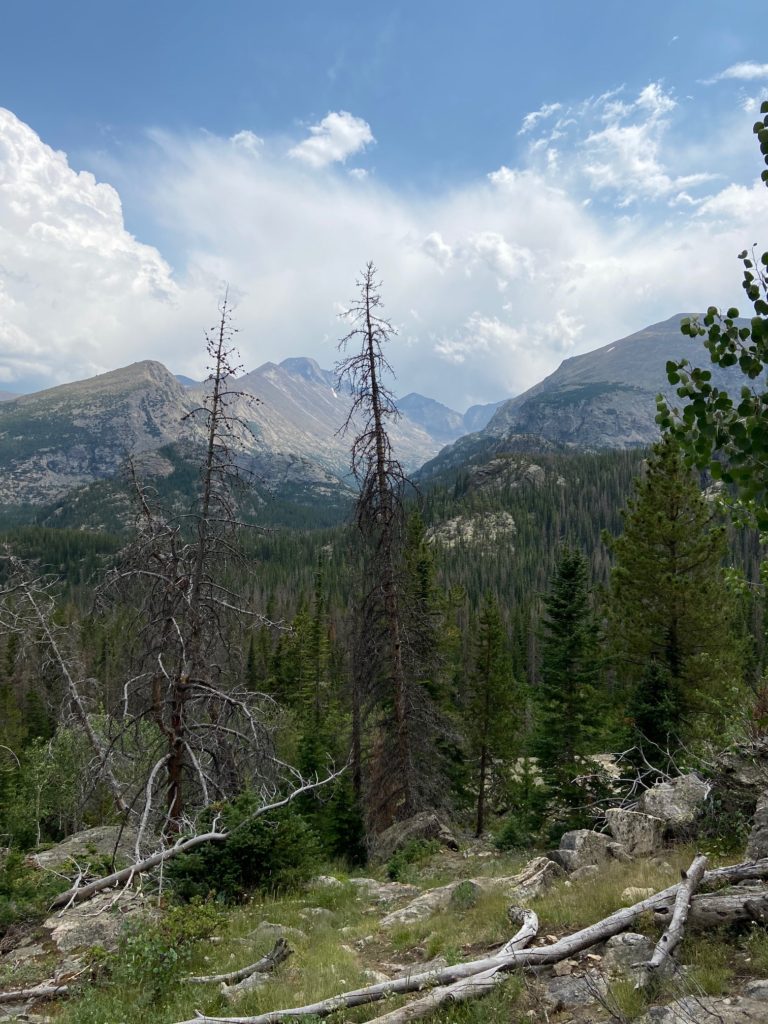
The park is located within 66 miles of Denver, making it very accessible by road and plane. There are two main entrances used for entry into the park, the town of Estes Park in the east and Grand Lake in the west. Estes Park is by far the more popular side of the park with various options for food and lodging.
Where to Stay
There are tons of hotels and Airbnbs in the area near Rocky Mountain National Park. The lodging options are mainly in Estes Park, as well as the smaller community of Grand Lake. There are also five campground options within RMNP, as well as the option to do wilderness camping with a permit.
Since I had booked our trip so late, we stayed at an Airbnb in Grand Lake and really enjoyed it. The Airbnb was perfectly located near the Grand Lake entrance and was well situated with great views and comfortable amenities. We even had the option to add on delicious breakfast or dinner meals for a fee. Note that if you stay in Grand Lake, you might have longer drives to get to some of the more popular trailheads.


What to Bring
The weather in the park can be really variable. It is advisable to dress in layers and be prepared for colder temps as you go up in elevation. I learned this the hard way when we did the Mt. Ida hike. Rookie mistake that I won’t make again! In addition to bringing lots of layers, always make sure to pack lots of water for your hikes. This is something I can’t stress enough.
RMNP is also known for it’s lightning storms during summer. Practice extreme caution when planning an outing if a storm is in the forecast. Monitor the weather and make sure to not be on exposed trail if a storm does come in. Here are some guidelines from the park about safety.
I recommend staying somewhere that you can prepare your meals and pack food to bring with you into the park. We packed snacks and lunch each day to bring along with us on our hikes. It is better to have more than enough water and food with you than to underestimate your needs while hiking.

Things to Do
Take a Drive
The Trail Ridge Road bisects the park and gives you access to the various key trails within. Driving on this road was easily the most spellbinding and scary road that I have ever driven on in my life. The 48 mile road crests over 12,000 feet in elevation and connects the two park entrances of Estes Park and Grand Lake. The best part is that the road takes you from the forrest meadows at the base up to alpine tundra at the peak. It gets a little dicey on the windy roads near the top where there is little to no space between the road and the steep drop off down the mountain. Despite some harrowing moments, I’m happy that we got to take the famous drive.

Go on a Hike (or many)
Rocky Mountain National Park has over 355 miles of trails. Hiking is one of the most popular activities and there are trails for all ability levels. There are many lists you can turn to about the best hikes in the park. Here is a link to the various trail maps within RMNP. I’ve detailed below the different hikes that we took.
Emerald Lake/Nymph Lake/Dream Lake
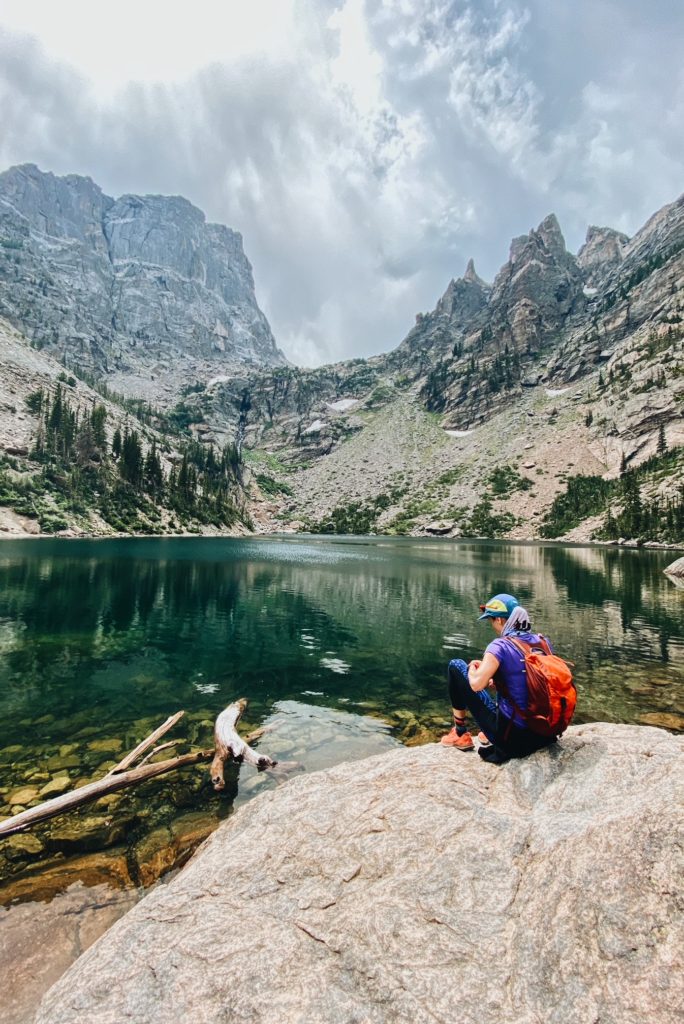
Our first hike was to Emerald Lake, starting from the Bear Lake Trailhead. The 3.5 mile round trip hike passes by both Nymph Lake and Dream Lake, both beautiful lakes to behold. This heavily trafficked trail was an easier out and back hike.
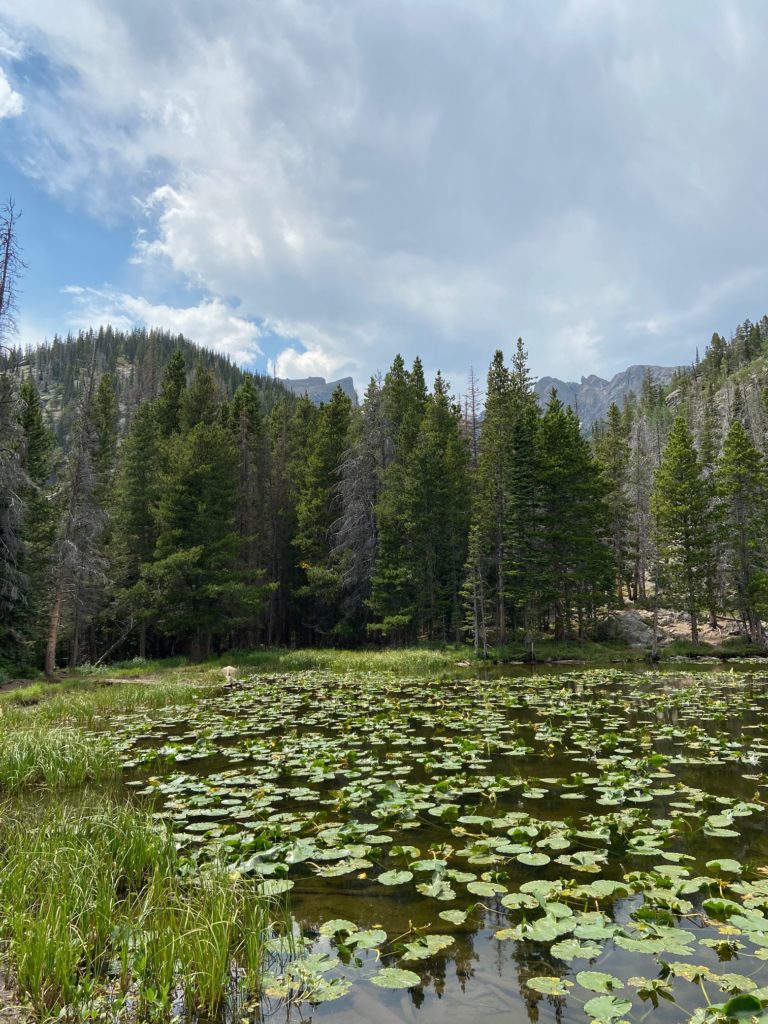
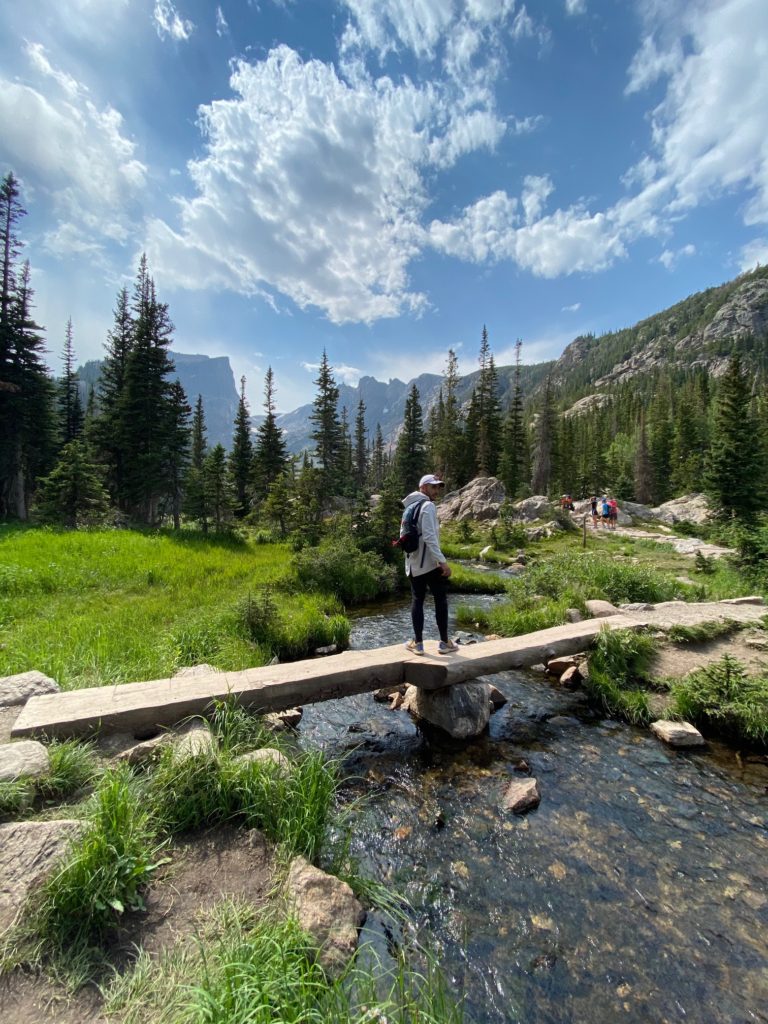
Alberta Falls Hike
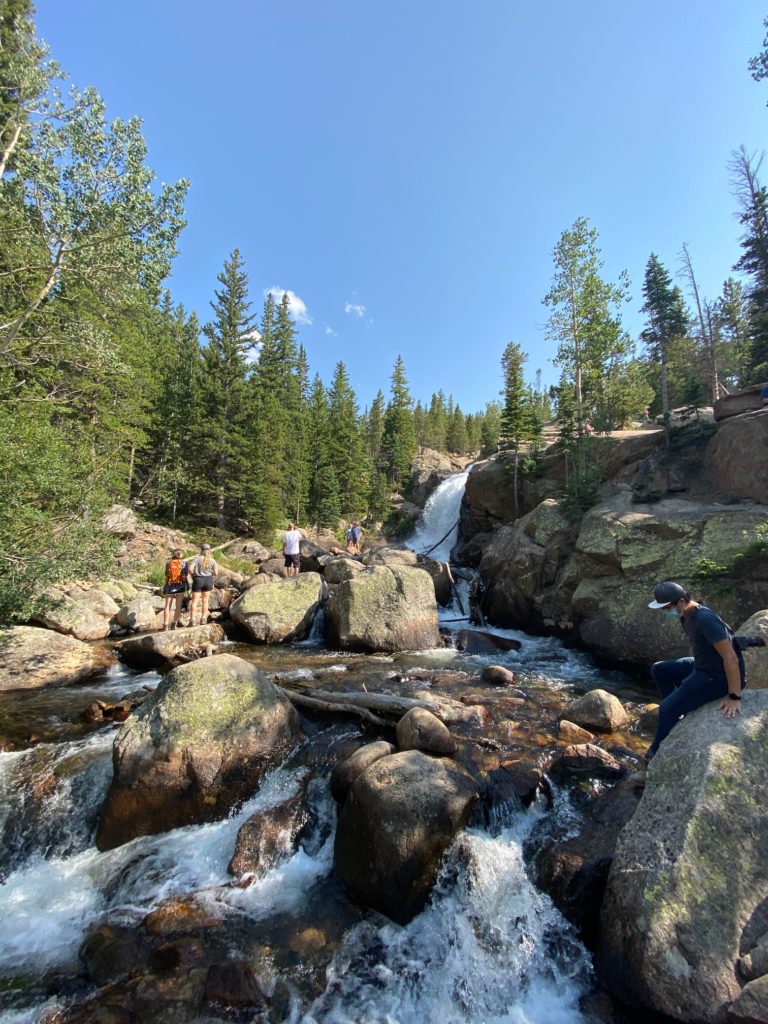
We also took a hike to Alberta Falls, an easy out and back trail totaling a little over 2 miles. We added this on after our hike to Emerald Lake since it left from the same trailhead. Due to it’s location near Bear Lake, it was a very crowded hike filled with lots of hikers. I would recommend hitting this trail in the early morning or later afternoon when less people are present.
Mt Ida Hike
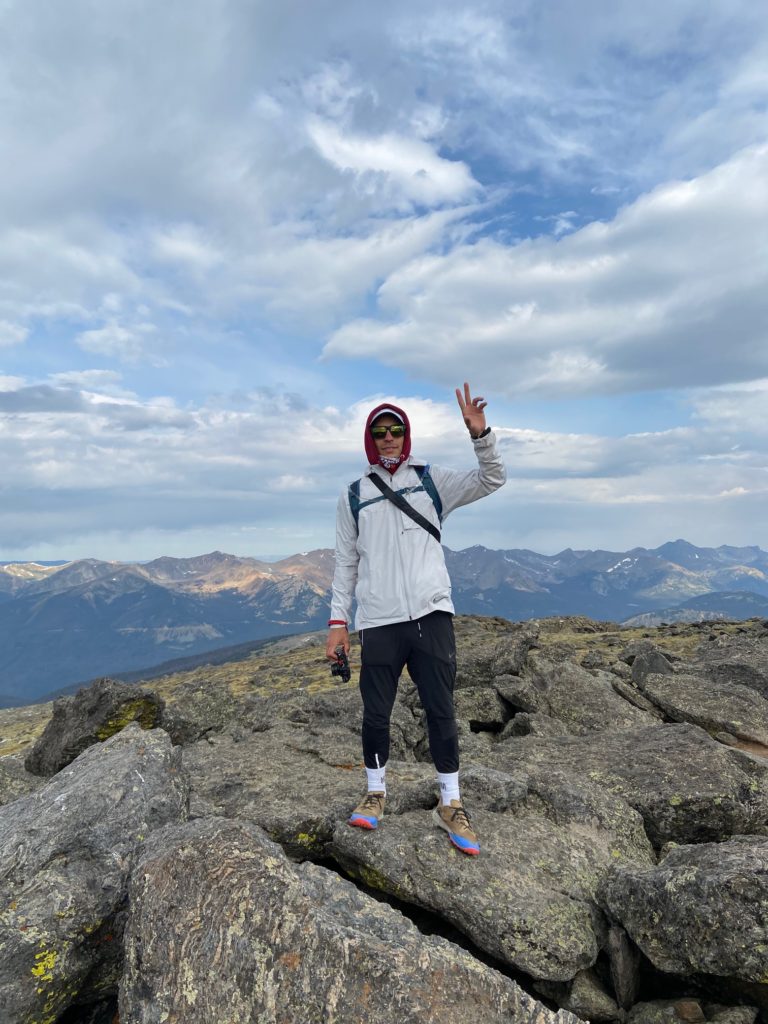
On our second full day in the park we set out before sunrise to hike up to Mt. Ida. This 9.5 mile out and back hike was much more strenuous and crossed multiple terrains. In total, we gained around 2,300 feet of elevation, with the peak at 12,889 feet. We left from the Poudre Lake Trailhead in the early morning in order to beat the afternoon thunderstorms. The trail is very exposed when it reaches the subalpine tundra so you have to be careful not to get caught exposed if a storm passes through. For this reason, we started early and we still barely missed a storm on our way back down.
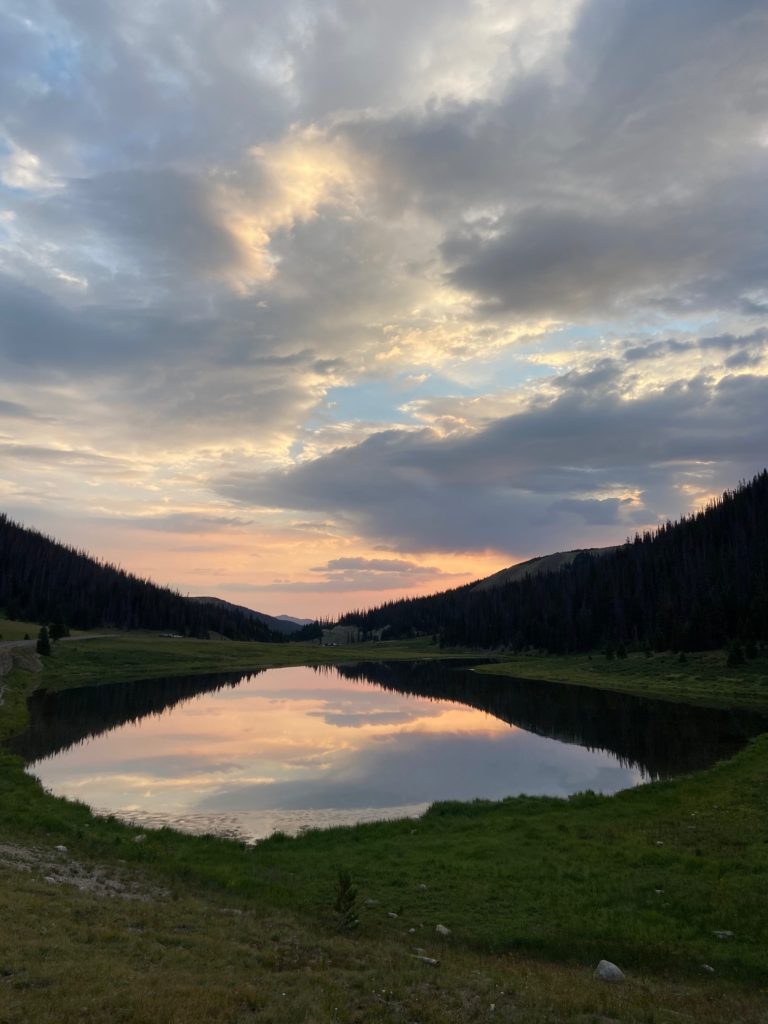


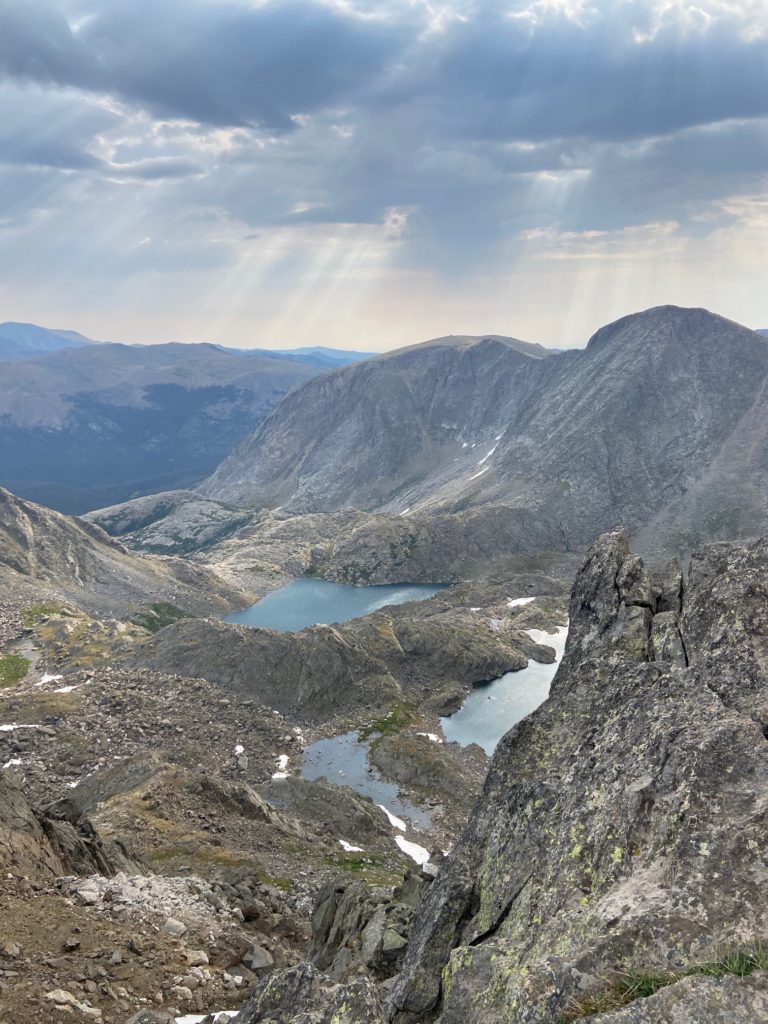

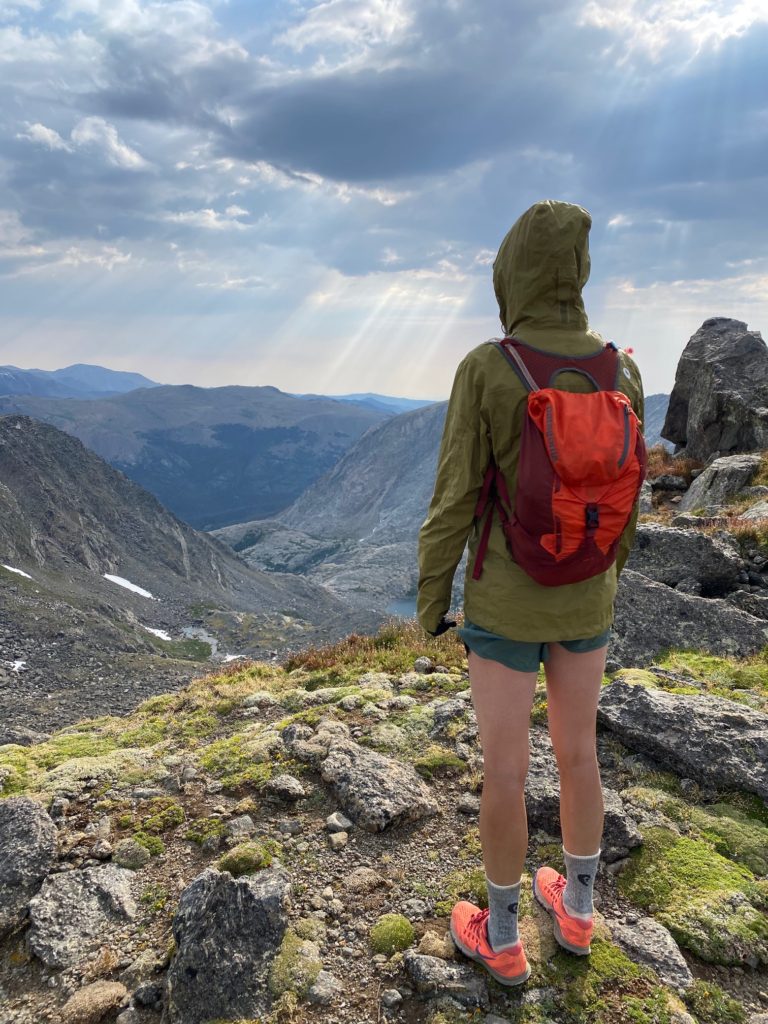
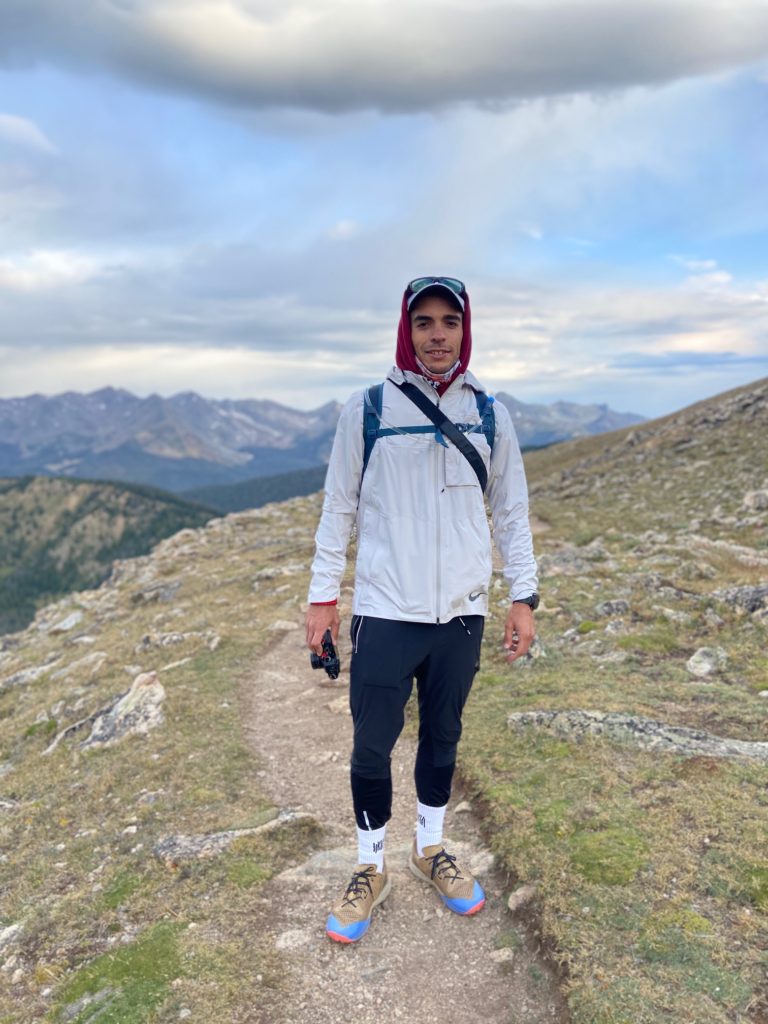

Check out the Wildlife
We did not see much wildlife, though we did get some great close-ups of marmots on the alpine tundra. Wildlife sightings can be quite common within RMNP and that is something to look forward to on your visit.

Go Kayaking outside the Park


On our first day we took a kayak trip on Shadow Mountain Lake near our Airbnb. This ended up being a really amazing experience since we got to see osprey and other local birds. We rented our kayaks at Trail Ridge Marina, which provided us with directions to see the early morning tranquility of the lake. If you stay in the Grand Lake area, it is definitely worth it to take some kayaks out to see the local wildlife.
What Next?
After a trip to RMNP, you might be asking what next. Check out my other travel posts to see what other adventures await nearby. I recommend reading my posts about the beautiful state of New Mexico, the Grand Canyon or our road trip in California.
